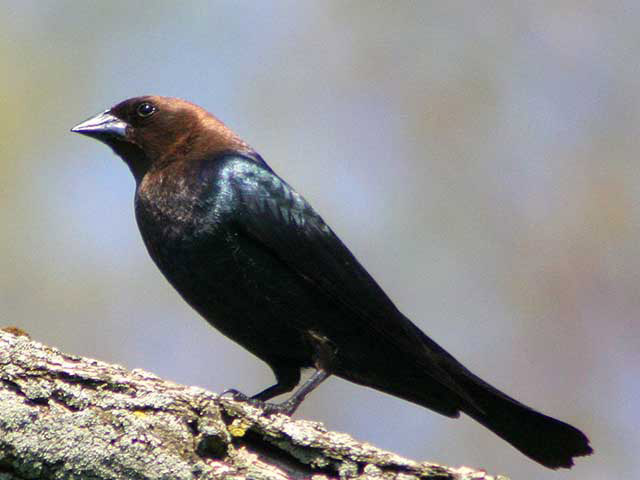Our District Bird
Scroll to learn moreStruggling for Survival
Rock Creek Park is an oasis in the city. The wood thrush—the official bird of Washington, DC—is becoming less and less common here. It is a long distance migrant and flies to Central America for the winter. See some of the threats that causing the wood thrush populations to decline.
Threats to Survival

As its spring and summer breeding habitat is broken into smaller pieces, survival gets harder for the wood thrush. Rock Creek Park provides critical nesting habitat. Deforestation of their winter habitat in Latin America also reduces their survival.

When white-tailed deer eat saplings and seedlings, they reduce nesting places for the wood thrush. Deer also browse on shrubs and the forest understory, which takes away some of the birds’ food.

Nest predators like raccoon, possum, crows, and bluejay thrive in fragmented forests near people—which is another strike against the wood thrush. These predators eat eggs and chicks.

That large begging chick is not a wood thrush, but a brown-headed cowbird. Cowbirds sneak their eggs into other birds’ nests. Once hatched, the aggressive cowbird chicks are fed the most insects and may kill the other chicks. (Photo by Kelly Colgan Azar)
Climate Affects Everything
Due to climate change and habitat loss, scientists predict there is a 75 percent chance that wood thrushes will no longer inhabit parts of the D.C. region by 2100. As the regional temperatures continue to warm and food and forest cover decrease or change, the wood thrush may migrate further north during the spring and summer months to breed.
Listen for the Wood Thrush
The wood thrush is secretive and well-camouflaged—making it hard to see. Many bird watchers find and identify the bird by its call. Listen to its call.
A Wood Thrush Calls by Megumi Aita
You can help us document the changes in this forest so we can see how climate change is affecting the wood thrush habitat here.
Picture our Parks
Scientists use photographs as records of a scene. We need your help to document the plants, clouds, and seasons—and how they are changing. Use the picture post to take photos and upload them here.
Upload Photos
